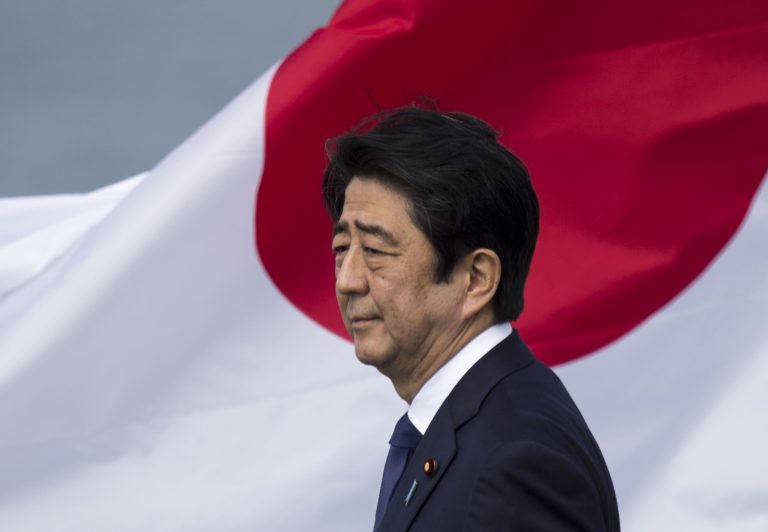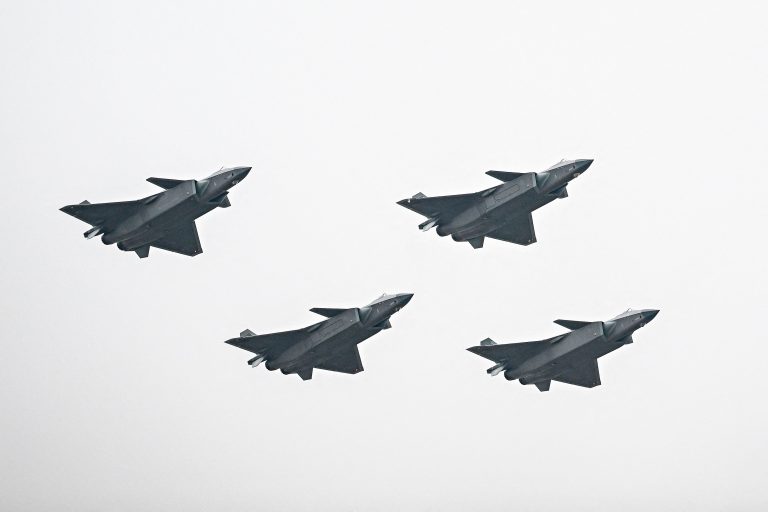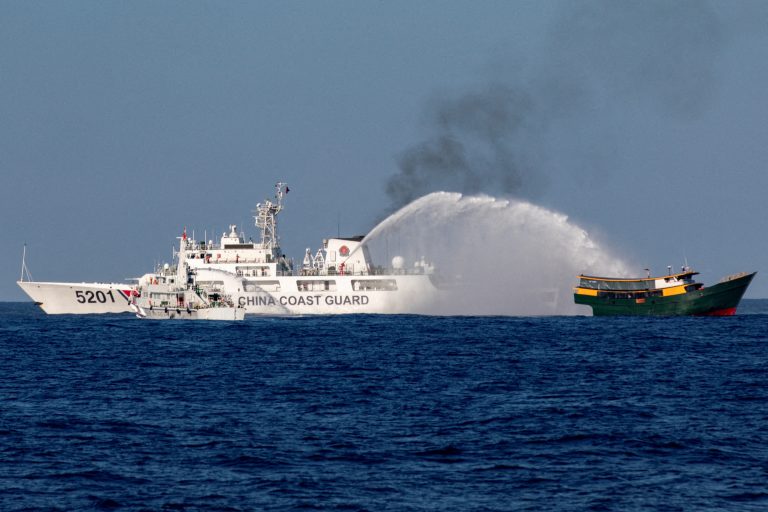NARA, Japan (AP) — Former Prime Minister Shinzo Abe was assassinated Friday, July 8, on a street in western Japan by a gunman who opened fire on him from behind as he delivered a campaign speech — an attack that stunned the nation that has some of the strictest gun control laws anywhere.
The 67-year-old Abe, who was Japan’s longest-serving leader when he resigned in 2020, collapsed bleeding and was airlifted to a nearby hospital in Nara, although he was not breathing and his heart had stopped. He was later pronounced dead after receiving massive blood transfusions, officials said.
Nara Medical University emergency department chief Hidetada Fukushima said Abe suffered major damage to his heart, along with two neck wounds that damaged an artery. He never regained his vital signs, Fukushima said.
Prefectural police in Nara arrested the suspected gunman at the scene of the attack and identified him as Tetsuya Yamagami, 41, a former member of Japan’s navy. Broadcaster NHK reported that he said he wanted to kill Abe because he had complaints about him unrelated to politics.
Dramatic video from NHK showed Abe standing and giving a speech outside a train station in Nara ahead of Sunday’s parliamentary election. As he raised his fist to make a point, two gunshots rang out, and he collapsed holding his chest, his shirt smeared with blood as security guards run toward him.
Success
You are now signed up for our newsletter
Success
Check your email to complete sign up
Guards leapt onto the gunman, who was subdued face down on the pavement. A double-barreled device that appeared to be a handmade gun was seen on the ground.
Prime Minister Fumio Kishida and his Cabinet ministers hastily returned to Tokyo from campaign events around the country after the shooting, which he called “dastardly and barbaric.” He pledged that the election, which chooses members for Japan’s less-powerful upper house of parliament, would go on as planned.
“I use the harshest words to condemn (the act),” Kishida said, struggling to control his emotions. He said the government planned to review the security situation, but added that Abe had the highest protection.
Opposition leaders condemned the attack as a challenge to Japan’s democracy. In Tokyo, people stopped on the street to grab extra editions of newspapers or watch TV coverage of the shooting.
Abe’s legacy
Abe was well-known as Japan’s longest-serving prime minister and a backbone of conservative politics in the country of 126 million.
Even out of office, Abe was still highly influential in the governing Liberal Democratic Party and headed its largest faction, Seiwakai.
He was the grandson of Nobusuke Kishi, who as prime minister from 1957 to 1960 helped lead Japan to postwar economic success, but was also reviled as an A-class war criminal who played a key role in the brutal occupation of China.
Abe became Japan’s youngest prime minister in 2006, at age 52, but his first stint abruptly ended a year later, because of his health. Abe cited ulcerative colitis, a condition he’d had since youth, as the reason for his leaving office both then and in 2020.
The end of Abe’s first stint as prime minister was the beginning of six years of annual leadership change, remembered as an era of “revolving door” politics that lacked stability and long-term policies.
When he returned to office in 2012, Abe vowed to revitalize the nation and get its economy out of its deflationary doldrums with his “Abenomics” formula, which combines fiscal stimulus, monetary easing and structural reforms.
He won six national elections and built a rock-solid grip on power, bolstering Japan’s defense role and capability and its security alliance with the U.S. He also stepped up patriotic education at schools and raised Japan’s international profile.
Loyalists said that his legacy was a stronger U.S.-Japan relationship that was meant to bolster Japan’s defense capability.
However, Abe was unable to push through some of his most important policy goals, telling reporters at the time of his final departure from office that it was “gut wrenching” to leave without having achieved them.
Abe spoke of his failure to resolve the issue of Japanese abducted years ago by North Korea, a territorial dispute with Russia and a revision of Japan’s war-renouncing constitution, specifically Article 9, which prohibits Japan from possessing weapons deemed offensive in nature.
The last goal made Abe a controversial figure, as it sparked angry suspicion from the Koreas and China about a possible revival of Japanese militarism. Meanwhile, Abe’s push to create what he saw as a more normal defense posture angered many Japanese, particularly those of the socialist and other opposition parties.
Abe’s political rhetoric often focused on making Japan a “normal” and “beautiful” nation with a stronger military and bigger role in international affairs.
Ultimately, a dearth of public support prevented Abe from formally rewriting the U.S.-drafted pacifist constitution. However, Japan nonetheless expanded its defense capabilities during his tenure, as exhibited by the commissioning of two light aircraft carriers — officially classified as “multi-purpose destroyers” because aircraft carriers are banned by Article 9.
By the Associated Press.














